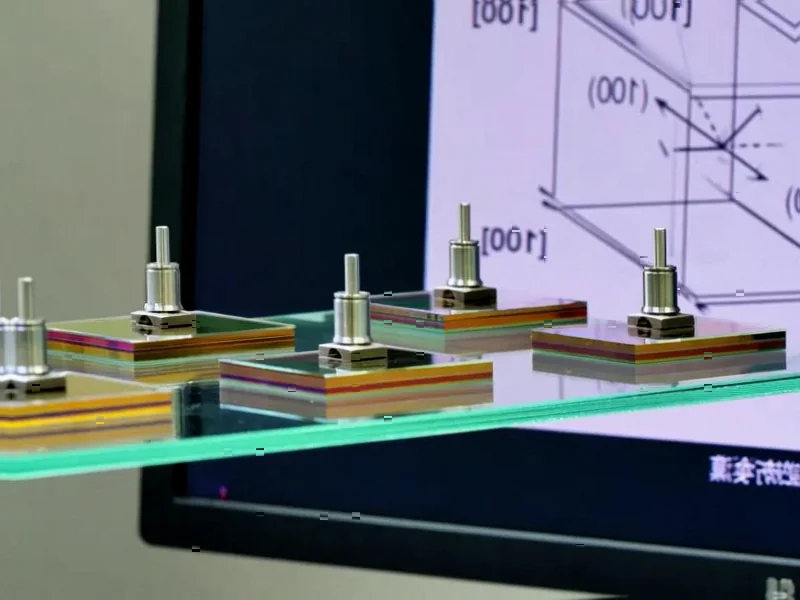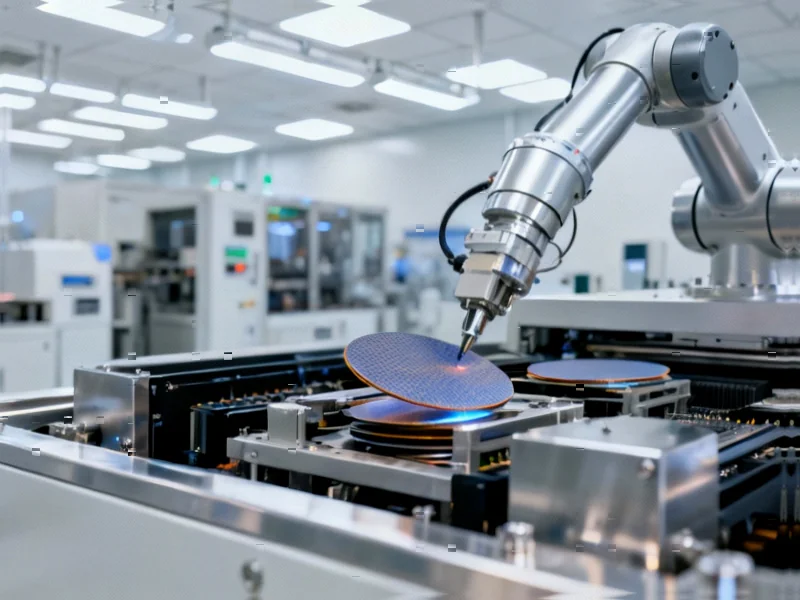According to Manufacturing.net, researchers at ETH Zurich led by Parth Chansoria have successfully 3D-printed viable muscle tissue during parabolic flights that simulate microgravity conditions. The team conducted their experiments across 30 parabolic cycles, using a specialized system called G-FLight (Gravity-independent Filamented Light) that enables rapid tissue production within seconds. Their research demonstrated that tissue printed in microgravity maintained similar cell viability and muscle fiber counts compared to Earth-printed tissue, while also enabling long-term storage of cell-loaded bio-resins. This breakthrough represents a significant step toward producing complex human tissues aboard the International Space Station for disease research and therapeutic development. This achievement opens important questions about the future of medical research in space.
The Gravity Problem in Tissue Engineering
What makes this research particularly compelling is how it addresses a fundamental limitation in current tissue engineering. On Earth, gravity constantly interferes with the delicate process of building biological structures. When researchers attempt to create complex tissues using bio-inks—the specialized materials containing living cells—gravity causes cells to settle unevenly and structures to collapse before they can properly form. This isn’t just a minor inconvenience; it fundamentally limits our ability to create tissue models that accurately mimic human biology. The ETH team’s approach essentially removes this variable entirely, allowing for the creation of tissues with the precise alignment and structure found in the human body.
Transforming Space Medicine and Research
For astronauts and space agencies, this technology could represent a paradigm shift in how we approach long-duration missions. Currently, astronauts experience significant muscle deterioration in microgravity—astronauts on the International Space Station can lose up to 20% of their muscle mass during six-month missions despite rigorous exercise regimens. The ability to produce high-fidelity muscle tissue in space opens multiple pathways: researchers could study the mechanisms of muscle atrophy in real-time, test countermeasures directly on human tissue rather than animal models, and potentially develop personalized therapies for crew members. This moves us beyond simply observing the effects of space on the human body toward actively developing solutions while missions are underway.
Unexpected Benefits for Terrestrial Medicine
While the space applications are dramatic, the terrestrial implications may prove equally transformative. The ability to create perfectly aligned muscle fibers could revolutionize how we study and treat conditions like muscular dystrophy and age-related muscle loss. Pharmaceutical companies currently spend billions developing drugs that often fail in human trials because animal models and imperfect lab-grown tissues don’t accurately predict human responses. Space-manufactured tissues could provide the high-fidelity testing platforms needed to identify promising treatments earlier in the development process. This could significantly reduce drug development costs and timelines while improving patient outcomes.
The Practical Hurdles Ahead
The transition from parabolic flight experiments to routine space manufacturing faces substantial challenges. Parabolic flights provide only about 20-30 seconds of microgravity at a time—enough for proof-of-concept but insufficient for complex, multi-stage tissue production. Scaling this technology for use on the ISS or future commercial space stations will require automated systems that can operate reliably with minimal crew intervention. There are also questions about quality control, sterilization protocols, and how to transport these tissues back to Earth for analysis. The researchers’ development of long-term storage solutions for bio-resins suggests they’re thinking ahead about the logistical challenges of space-based manufacturing.
Redefining Medical Research Infrastructure
This research points toward a future where space becomes an essential environment for certain types of medical research, not just an interesting novelty. As access to space continues to democratize through commercial providers, we may see specialized orbital laboratories dedicated to tissue engineering and pharmaceutical testing. This could create new business models where research organizations pay for “manufacturing time” in microgravity much like they currently pay for time on specialized Earth-based equipment. The success of the ETH team’s approach suggests we’re closer to this reality than many might assume, potentially within the current decade as commercial space stations begin operation.




